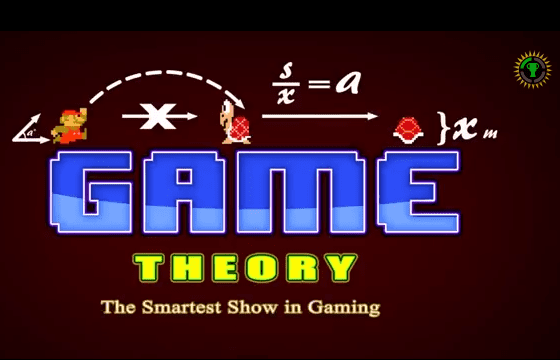Video games have a weird relationship with sexual diversity. Be it through subtle winks and nudges, unintentional camp or characters so cartoonishly masculine they border on Tom of Finland art — my gaming crush, Zangief, falls into all three — there’s an unmistakable undercurrent of queerness running through video gaming.
And yet, the culture still remains largely ambivalent, bordering on condescending, toward the LGBT community. There are still no games with an LGBT protagonist and few games with LGBT characters in them. Hell, there are barely any games with women or people of colour in them. It’s still a predominantly white boys’ club. And when LGBT are represented in gaming, the results are less than enchanting.
In the latest episode of Game Theory, MatPat decided to take a look at drag culture in gaming, tying it into RuPaul’s Drag Race, before he noticed a disturbing trend in his findings: LGBT characters tend to be villainous, inhuman or otherwise psychotic.
He also found that positive LGBT portrayals in video gaming usually come from other countries, and when ported to North American audiences, they have a habit of being de-gayed in the translation, such as Vivian from Paper Mario: The Thousand-Year Door.
The question he ultimately asks is, given the situation, who is to blame: game publishers for mishandling LGBT themes in gaming or video gamers for encouraging them?
Personally, I’m of the mind that the climate of homophobia in gaming is cyclical. Publishers create the poor LGBT characters, audiences eat it up, so publishers create the same characters and yadda yadda yadda. As much as I love video games (especially Zangief), the onus is on publishers to better use LGBT themes in gaming. They do have the luxury of working in one of the most adaptable, advanced art forms out there, so it’s time they led by example.

 Why you can trust Xtra
Why you can trust Xtra


